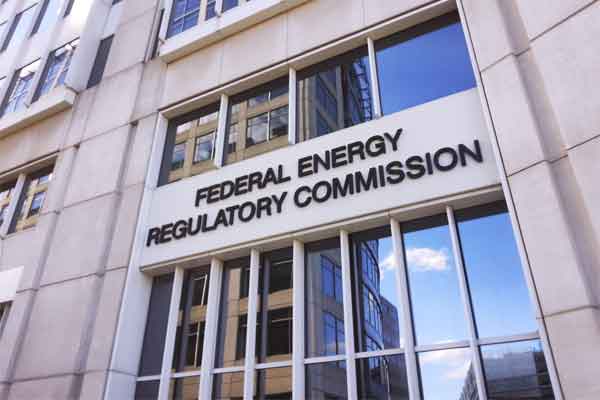Access to solar energy has significantly increased as the cost of solar installation has dropped 70 percent within the past decade (2006-2016). Cost declines, when paired with supportive energy policies, have enabled the growth of solar in new markets.
One such policy, the Public Utility Regulatory Policies Act of 1978 (PURPA), has been critical for driving solar development by requiring utilities to purchase electricity from qualifying facilities (QF), which include solar and other renewable generating facilities.
A 2015 Federal Energy Regulatory Commission (FERC) ruling—citing PURPA as the ultimate authority that overrides contractual obligations between two electric cooperatives—gives more purchasing control to rural electric co-ops and municipal utilities nationwide. Further upholding its ruling, FERC rejected a June 2016 declaratory order request made by the appellant co-op. Both decisions contribute to the increasing solar capacity owned and purchased by co-ops, which plan to add over 375MW between 2016 and 2018.
The favorable change for renewable energy stakeholders stems from petitioner Delta-Montrose Electric Authority (DMEA), a member-owned and not-for-profit rural electric co-op distributing electricity to approximately 28,000 members in Southwest Colorado. Having entered a forty-year wholesale electric service contract in 2001, DMEA was required to purchase at least 95 percent of its energy needs from a Colorado-based generation and transmission (G&T) co-op known as Tri-State. However, DMEA was eventually offered the opportunity to interconnect with and purchase power from a local hydroelectric project. Taking this offer would exceed the contractual five percent cap, so DMEA petitioned for relief from its power purchasing constraints with Tri-State.
FERC obligated DMEA to “purchase from QFs offering available energy and capacity,” a ruling that ultimately upheld PURPA to supersede any conflicting contractual obligations. Namely, this 2015 order allows DMEA to purchase local hydropower as desired and continue to support similar-scale renewable energy generating projects. Tri-State, wanting to recover lost revenues from member co-ops that have since diversified their energy purchases, then filed its own petition a year later.
Nevertheless, in June 2016, FERC rejected the declaratory order request that “would effectively undo Delta-Montrose’s statutory obligation to purchase from QFs and correspondingly limit QFs from selling power to Delta-Montrose at negotiated rates.”
The FERC orders open parallel opportunities to the 835 other rural electric distribution co-ops as well as municipal utilities across the United States. Like DMEA, many such co-ops and utilities face similar contractual constraints on their percentage of self-generated power. This fact helps explains why, for example, two rural electric co-ops in New Mexico recently issued a request for proposal (RFP) for a large-scale solar PPA much larger than their original five-percent limits would allow.
U.S. co-ops currently own and purchase about 16.7GW of renewable capacity (including contracts for federal hydropower), and this number will continue to rise in part by solar photovoltaic projects’ expanded presence. As many distribution co-ops and municipal utilities exercise their independence to purchase more renewable energy, Sol Systems continues to provide financing for local solar developers.
The mass integration of solar into existing energy systems is not achieved overnight; financing, development, increased grid flexibility, and additional means to ensure the energy source’s reliability will be necessary. Still, the future of solar among rural electric co-ops and municipal utilities is certainly brighter.













Comments